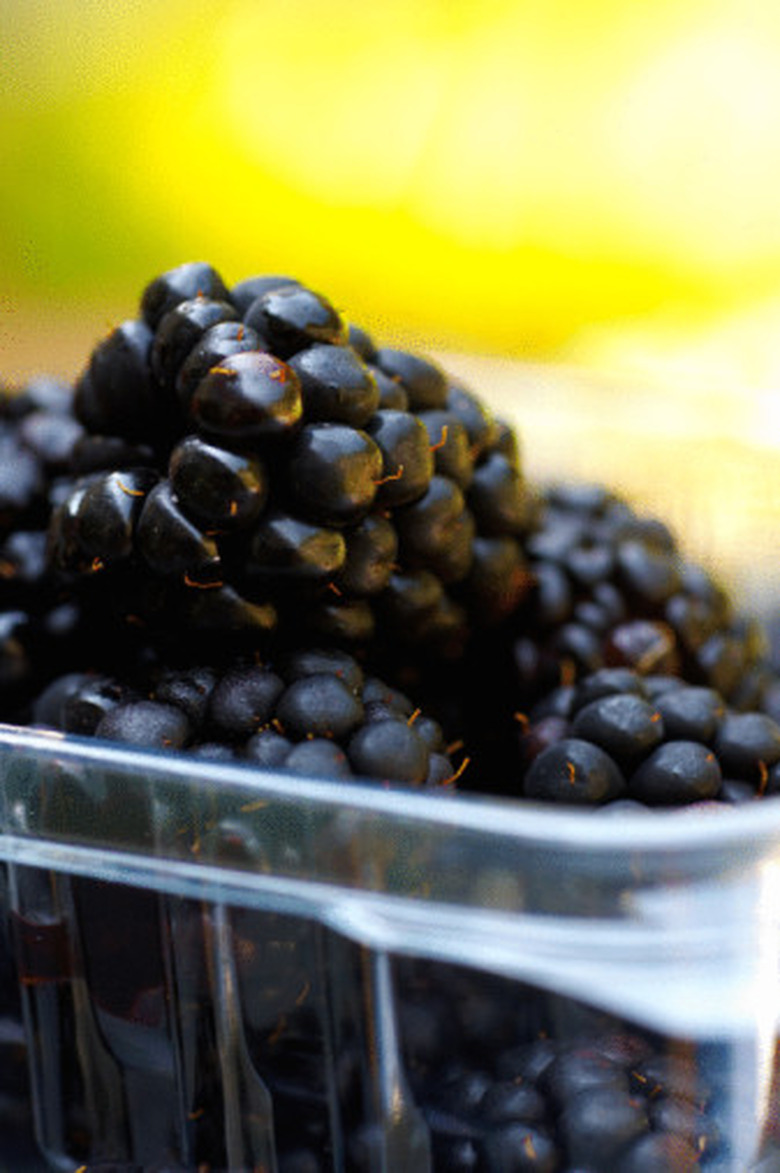How To Stake Raspberry Plants
Things Needed
- Stake
- Wire
Tip
When selecting your raspberries, look for the Brandywine variety of purple raspberries or Jewell variety of black raspberries for a hardy plant. After three or four years, you may no longer need a stake to support your raspberry plants. They should be able to stand on their own after this length of time.
A stake system is a useful tool when growing raspberries. Though red raspberries tend to do best with a trellis system in hedgerows, those with purple or black raspberries often find that using stakes and the hill method also yields good results. The stake provided for each raspberry plant will help support the canes and encourage them to grow taller and produce more raspberries.
Step 1
Drive a stake that is about 6 feet tall and approximately 2 to 4 inches in diameter into the ground for each plant. This stake can be made out of wood, bamboo, iron, heavy PVC pipe or any other material you have handy that fits these dimensions. About 5 feet of the stake should be above ground. Do not cluster the stakes together. Raspberries must be at least 3 feet apart to prevent the spread of disease.
- A stake system is a useful tool when growing raspberries.
- Though red raspberries tend to do best with a trellis system in hedgerows, those with purple or black raspberries often find that using stakes and the hill method also yields good results.
Step 2
Plant one black or purple raspberry plant per stake. Cut the plant down to ground level to prevent disease. Do not immediately stake new plants; they must be trimmed and allowed to grow new canes first.
Step 3
Tie the canes, which are essentially the stems that make up the raspberry plant, to the stakes as they grow. Place the first wire at a height of 2 feet and the second at about 4 feet. Use sturdy wire to secure between four and eight canes to the stake. You do not need to tie the entire plant to the stake. Just secure the largest canes to help support the rest of the plant. Remove canes that are less than 1/2 inch in diameter, selecting the healthiest four to eight canes for fruiting.
- Plant one black or purple raspberry plant per stake.
- Remove canes that are less than 1/2 inch in diameter, selecting the healthiest four to eight canes for fruiting.
